German suicide pilots, exchange of one million Jews for trucks and collaborator of the Third Reich ruled by the Russian Nazi party. Here are 10 WWII stories you weren't taught in school.
As always, all items in our TOP10 are based on articles published by "Curiosities of History". This time - those dedicated to World War II.
At school, they didn't tell you that…
10. In April 1945, the Germans organized their own kamikaze
squadronWhen the end of the Third Reich was fast approaching, the Luftwaffe command decided to follow in the footsteps of its Japanese ally and assign the pilots a suicide mission. However, unlike the airmen from the Land of the Rising Sun, the Germans did not attack the vulnerable ships or planes. Their goal was ... bridges on the Oder (read more about this).
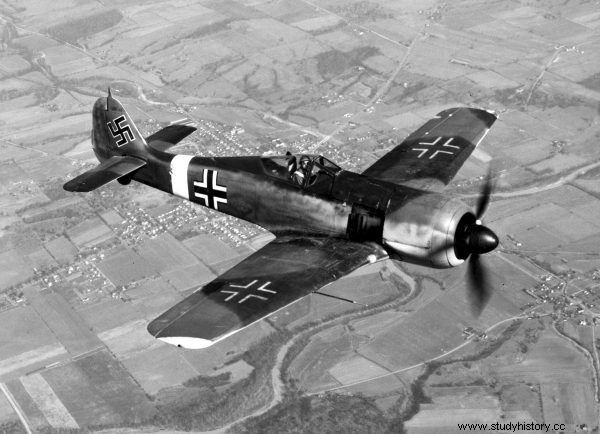
Focke-Wulfy Fw 190. It was just such a plane, flown by Ernst Reichl, which destroyed the pontoon post in Zellin.
9. Four hundred Poles managed to avoid being shot in Katyn
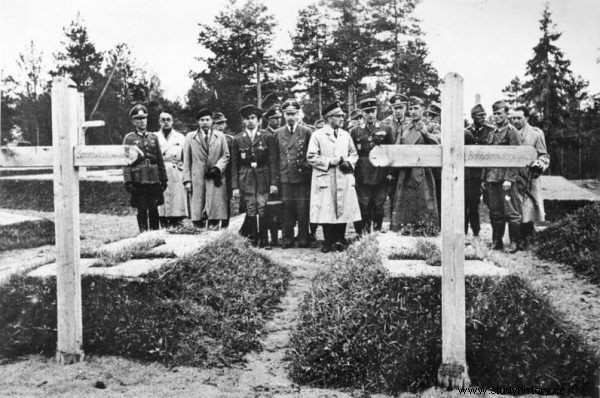
Graves of Polish generals murdered by the NKVD in Katyn.
In the spring of 1940, the Soviet authorities murdered over 21,000 Polish soldiers, officers and policemen. However, there were also those who managed to survive. Nearly 400 people survived the death transports. To this day, the reasons why Stalin and Beria decided to leave them alive are not clear.
8. The target of the most devastating carpet raid in history was Tokyo
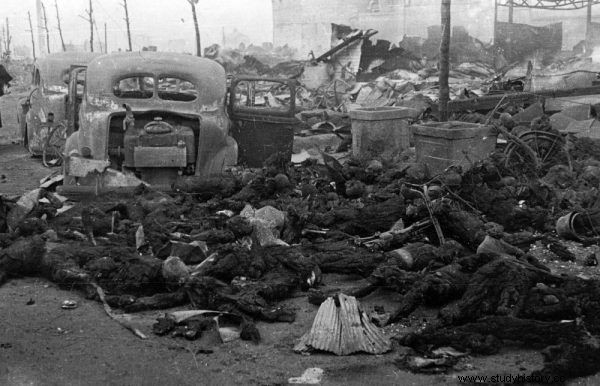
Charred bodies of the victims of the air raid carried out on the night of March 9-10, 1945.
The destruction of the center of Dresden became a symbol of the murderous effectiveness of the Allied carpet raids. However, it was not the most lethal operation of this type. Much more casualties were involved in the bombing of the Japanese capital.
On the night of March 9-10, 1945, American bombers dropped two thousand tons of bombs on the city. According to reports from the Tokyo police, 97,000 people died. 125,000 were injured. A quarter of a million buildings (read more about that) burned down.
7. In 1942, Germany tried to carry out terrorist attacks on the territory of the USA
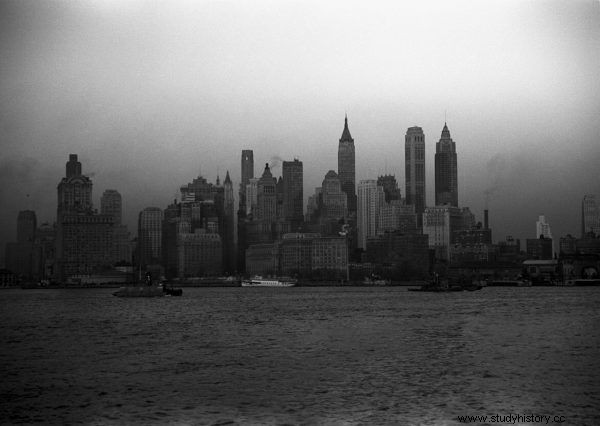
It was New York that was to become the target of the Nazi terrorist attack.
60 years before the New York attacks of September 11, 2001, Nazi Germany intended to carry out a similar action. The operation, which in its assumption had the characteristics of a classic terrorist attack, was given the code name "Pastorius". Eight saboteurs with New York as their main target were sent overseas. Nothing came of the plans. Agents preferred to chase prostitutes and alcohol rather than plan attacks (read more on this).
6. American soldiers wanted to murder all Japanese
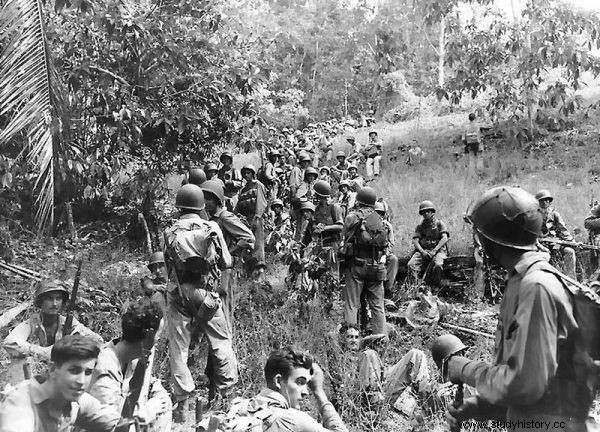
To end the war, American soldiers were even ready to murder all Japanese.
American writers, historians and the entire state apparatus have spent decades trying to create a perfect image of a US Army soldier of World War II. A young patriot, ready to give his life for freedom and democracy. The reality was much more complicated. As many as half of the participants in a 1943 poll conducted in the American army said that in order to bring peace to peace, we must murder all Japanese, right down (read more about this).
5. A Russian-led Nazi state was established on the territory of the USSR
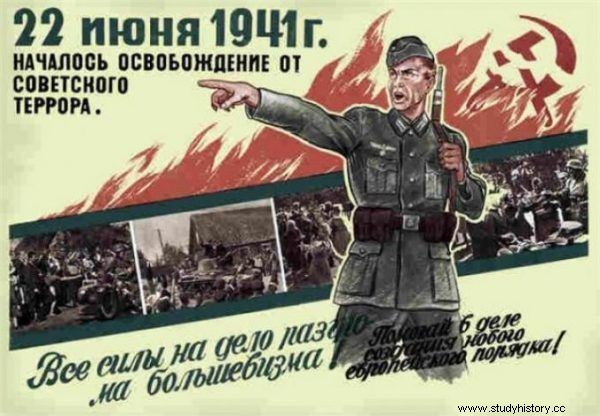
The Russian Nazis ruled the Łokota Republic.
The Łokocki Republic and was established in November 1941. Its official ideology was nationalism, and it was ruled by the Russian National Socialist Party. Konstantin Woskobojnik was at the head of the Republic of Łokocki, and after his death the leadership was taken over by the notorious Bronisław Kamiński. The future executioner of the Warsaw Uprising (read more about it).
4. Adolf Eichmann wanted to exchange one million Hungarian Jews for 10,000 Allied trucks
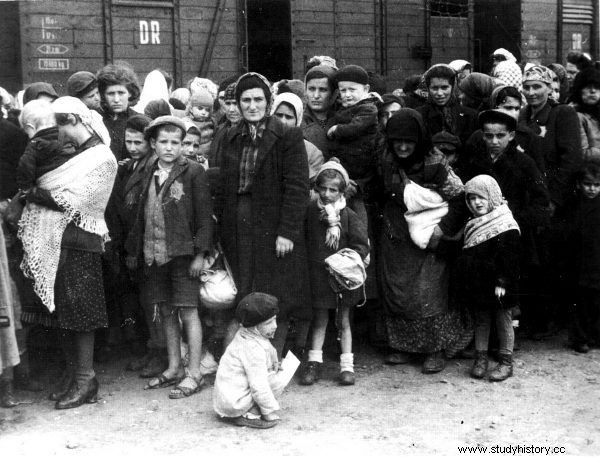
Could the tragedy of Hungarian Jews exiled to Auschwitz be prevented? Would a German criminal keep his word?
On March 9, 1944, German military units entered Hungary. That day ended not only the relative independence of Germany's former ally, but also the security of the Jews living in Hungary. The Nazi butcher Adolf Eichmann was already preparing to exterminate hundreds of thousands of people when he suddenly sniffed a much better opportunity.
Instead of killing Hungarian Jews, he decided to… sell them. He promised to close the Auschwitz-Birkenau camp if the Allies agreed to his terms. The Jews who were still alive were to be transported safely to the border (read more on this).
3. The German surrender act was largely copied from the newspaper
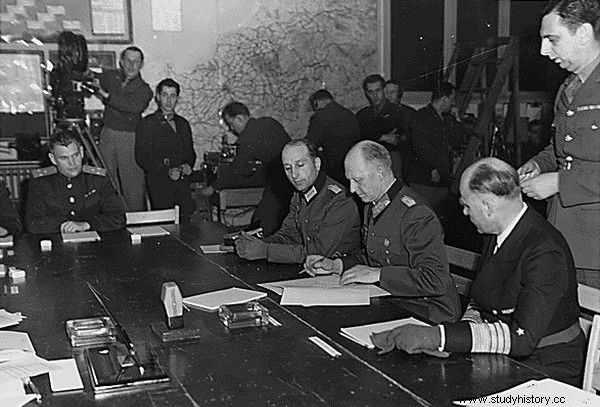
Generaloberst Alfred Jodl probably did not even suspect in what haste the act of surrender of the Third Reich was prepared ...
The unconditional surrender of Germany on May 7, 1945 came as no surprise to anyone. The Allies began to prepare for it as early as 1943, when the heads of the Ministry of Foreign Affairs of the Big Three appointed the European Advisory Commission. One of her tasks was to compose the text of the German surrender. Two years were enough for the Nazis to get the whole of Europe back from the hands of the Nazis, but not for a group of politicians to agree that all versions of the document were satisfactory. As a result, its creation was the result of great improvisation. The man behind it all in plainclothes was the theater manager (read more about that).
2. The only country Poland declared war on in the 20th century was Japan
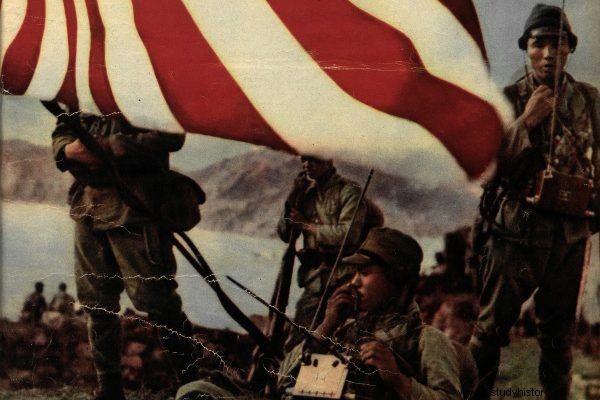
For the Japanese, the war with Poland was completely out of the way.
Few people today remember that since Poland regained independence in 1918, Poland has declared war on only one country. Conflicts with Soviet Russia and the Third Reich were not formally launched by either side. De iure The Commonwealth only challenged Japan. This happened in December 1941 after the Japanese attack on Pearl Harbor. The conflict, however, was bloodless. The Nippon authorities in the world simply did not accept the declaration of war (read more about it).
1. One of the most important battles of World War II took place even ... before the war broke out!
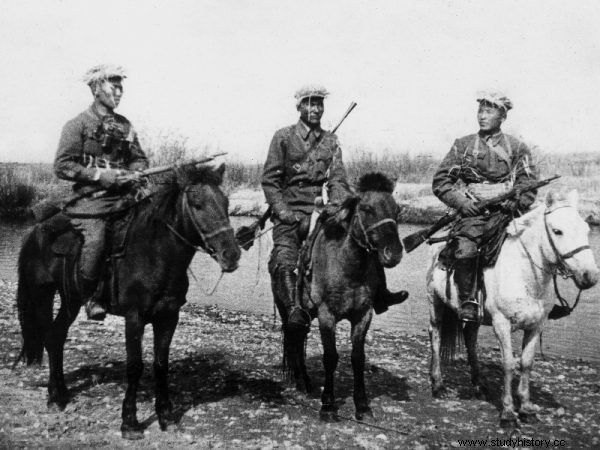
Mongolian cavalrymen. It was the desire to graze the mounts they used to fight that provoked the clash that influenced the fate of World War II.
Fierce Japanese-Soviet battles took place on the Chalchyn River on the Manchurian-Mongolian border from May to September 1939. The ignominious defeat of the imperial army caused Tokyo to divert its expansion south. As a result, when the Germans found themselves near Moscow, the Japanese did not dare to attack the USSR. One forgotten battle changed the fate of the world (read more about it).
Check where to buy "World War Two":
